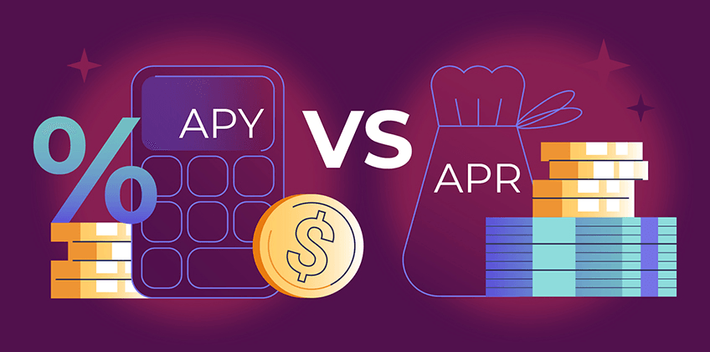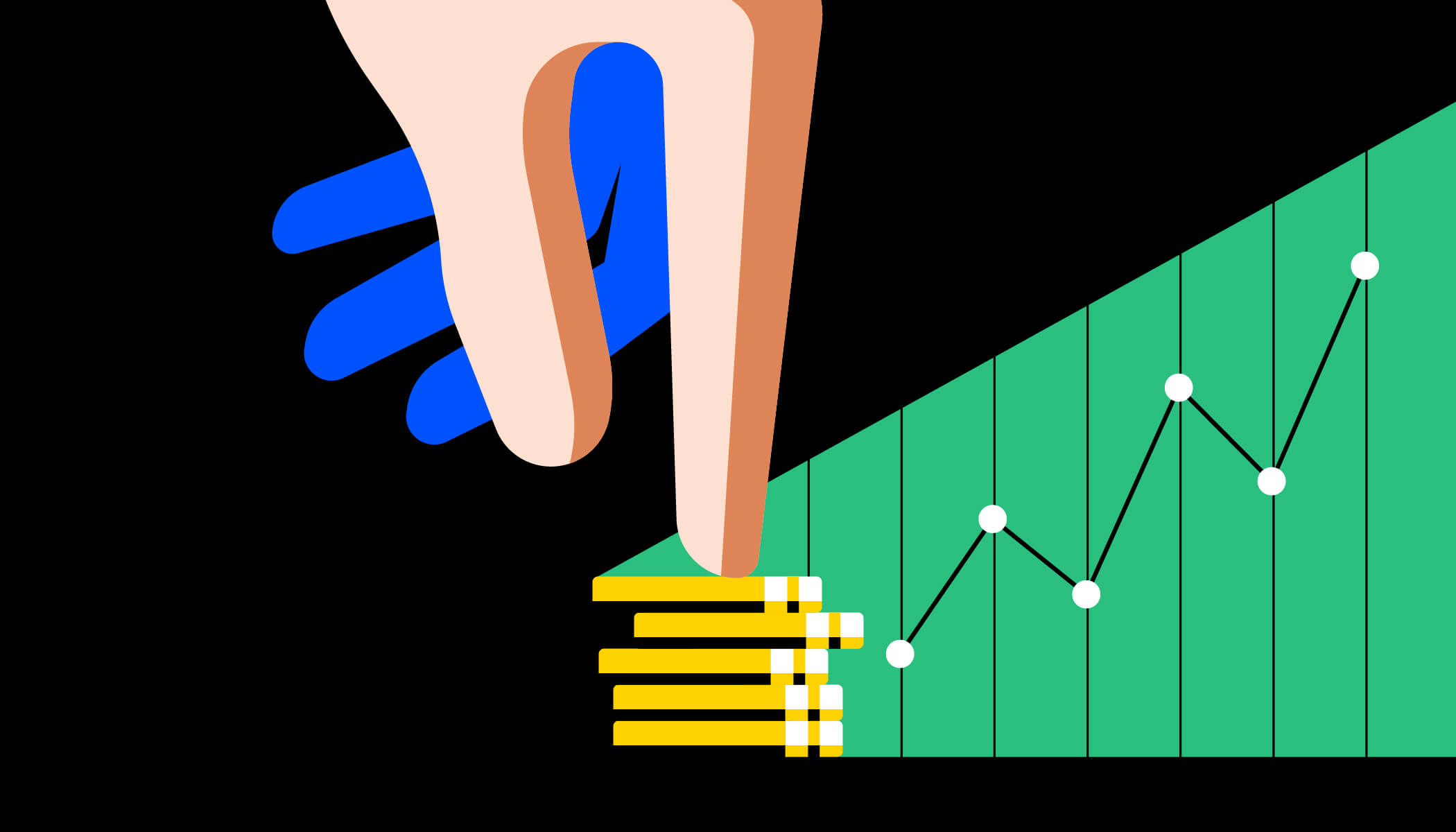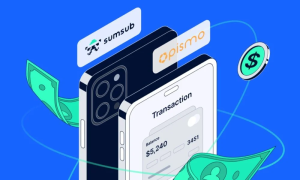The concept of Annual Percentage Rate (APR) is essential for anyone using credit cards in the U.S. Two primary types of APRs associated with these cards are fixed and variable. Understanding the difference between fixed and variable APR is crucial for managing your finances efficiently. The choice between them can significantly impact how much interest you’ll pay over time, affecting your overall financial health.
When dealing with credit cards, APR is a term you will frequently encounter. It determines the interest rate you’ll be charged on the outstanding balance of your credit card. Knowing which type of APR applies to your credit card can help you make informed decisions about managing debt and planning your financial future. Let’s explore the distinctions between these two types of APRs and how they function.
Understanding fixed and variable APR

A fixed APR is an interest rate that remains constant over time. Cardholders generally prefer stability and predictability when it comes to their interest rates. This type of APR is not truly fixed, as lenders can still change it under specific conditions, such as a significant change in the borrower’s creditworthiness or default. However, card issuers are typically required to notify cardholders before changing a fixed APR.
In contrast, a variable APR fluctuates in line with an underlying index, such as the prime rate. Changes in the index will directly impact the interest rate on a card with a variable APR. This can lead to lower rates during favorable economic conditions, but it also poses the risk of higher rates when the index rises.
Benefits of fixed APR
One of the most significant advantages of a fixed APR is predictability. Borrowers with credit cards offering a fixed interest rate can better predict their monthly payments, leading to more reliable budget planning. This stability can be particularly advantageous for individuals who wish to avoid unexpected changes in interest rate charges.
Moreover, a fixed APR can often protect consumers from the economic fluctuations that affect variableAPR rates. If you lock in a fixed rate during times of low interest, you can continue enjoying that rate even if the broader economic interest rates rise. This can provide significant savings over time, particularly for those carrying larger balances on their credit cards.
Drawbacks of fixed APR
While predictability is a key attraction, fixed APRs can come with downsides. Since they do not adjust according to economic conditions, borrowers may miss out on potential savings during periods of declining interest rates. This rigidity can sometimes lead to paying more over time compared to a variable rate.
Furthermore, fixed interest rates on credit cards might initially be set higher than variable rates. This initial difference can result in higher interest payments if borrowers do not strategically manage their balance by paying off their debt quicker.
Consumers should weigh these potential disadvantages against the benefits of having a consistent, predictable payment schedule. Evaluating your financial stability and ability to pay off balances may help in deciding whether a fixed route is suitable for your needs.
Understanding variable APR
Variable APR rates adjust according to changes in specific financial indices, creating a dynamic financial landscape for the cardholder. Often linked to the prime rate, these rates are usually calculated by adding a margin to the index rate, creating the total APR experienced by the consumer.
The variable rate’s connection to an index means your rate can climb or fall, following the index’s performance. This variability offers the potential of lower payments when rates drop, providing financial relief and savings on interest expenses.
Benefits of variable APR
The most alluring benefit of a variable APR is the potential for lower rates in favorable economic climates. When indices like the prime rate decrease, cardholders experience a direct reduction in their interest expenses, which can significantly ease the financial burden on consumers carrying balances.
This adaptability is particularly advantageous in fluctuating economic conditions where interest rates are expected to decrease. Cardholders should remain informed about economic trends to capitalize on periods of lower variable rates effectively.
Drawbacks of variable APR
The principal drawback of variable APRs is their unpredictability. Changes in the index can drive interest rates higher, increasing the amount of interest owed, which can complicate budgeting for monthly payments. As such, variable rates can introduce financial insecurity for those who carry a balance.
Cardholders must remain vigilant about changes in their rates and understand the economic factors influencing these changes. A sudden increase in rates could catch unprepared consumers off-guard, leading to higher debt and financial strain.
Because of these risks, variable rates may be less suitable for individuals who prioritize financial stability and predictability. Careful examination of one’s financial tolerance for risk can help in deciding if a variable rate is the best fit for managing financial obligations.





